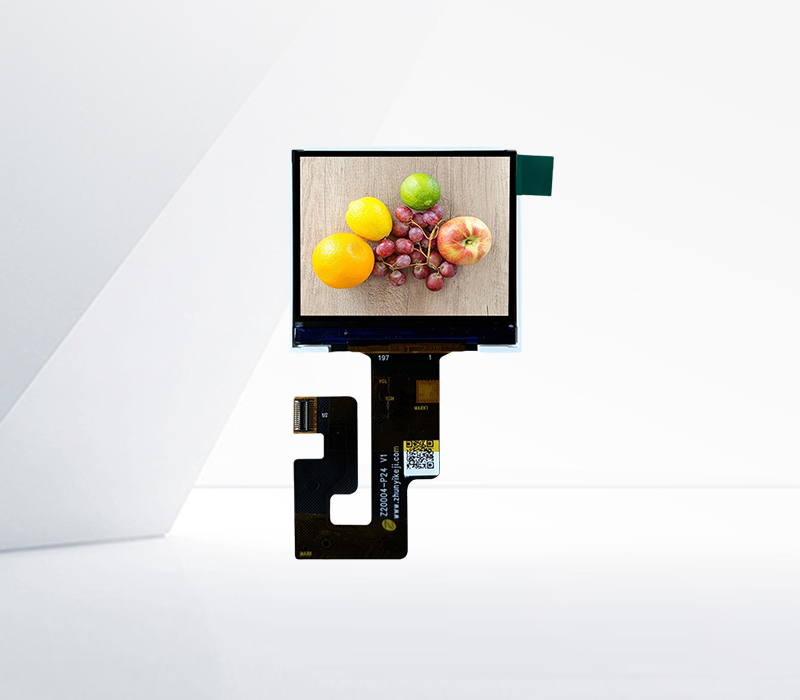




Adjusting the brightness of a liquid crystal display (LCD) is an essential function that allows users to optimize the visual experience according to different lighting conditions and personal preferences. There are several methods to adjust the brightness of an LCD, depending on the device and its operating system.
On most modern electronic devices, such as smartphones, tablets, laptops, and desktop monitors, there are built - in controls for adjusting the brightness. For smartphones and tablets running on operating systems like Android or iOS, the brightness can usually be adjusted through the quick settings menu. On Android devices, users can swipe down from the top of the screen to access the quick settings panel, where they will find a brightness slider. Dragging the slider to the left decreases the brightness, while moving it to the right increases it. Some Android devices also offer an automatic brightness feature. When enabled, the device uses a built - in ambient light sensor to detect the surrounding light conditions and adjusts the brightness accordingly. For example, in a dark room, the screen will dim automatically to reduce eye strain, and in bright sunlight, it will increase the brightness to make the content more visible.
On iOS devices, the brightness can be adjusted in a similar way. Users can access the Control Center by swiping up from the bottom of the screen (on older models) or swiping down from the top - right corner (on newer models with Face ID). The brightness slider in the Control Center allows for easy adjustment. Like Android, iOS also has an automatic brightness option that can be toggled on or off in the display settings.
For laptops and desktop monitors, the brightness adjustment is often done through the keyboard or the monitor's on - screen display (OSD) menu. Many laptops have dedicated function keys (usually labeled with a sun icon) that can be used to increase or decrease the brightness. Pressing the combination of the "Fn" key and the brightness function key will change the brightness level. On desktop monitors, users typically need to use the buttons on the monitor's frame to access the OSD menu. Once in the menu, they can navigate to the brightness settings option and adjust the value using the up and down arrow buttons. Some monitors also come with a remote control that allows for more convenient adjustment of the brightness and other settings from a distance.
In addition to the built - in controls, some software applications can also be used to adjust the brightness of an LCD. For example, on Windows - based computers, there are third - party software tools available that offer more advanced brightness control features. These tools may allow users to set custom brightness profiles for different applications or times of the day. Some software can also integrate with the system's power management settings to adjust the brightness based on the power source. When the device is running on battery power, the software may automatically dim the screen to conserve energy.
Adjusting the brightness of an LCD is a straightforward process, and users have multiple options at their disposal to customize the display's brightness to suit their needs and enhance their viewing experience.
